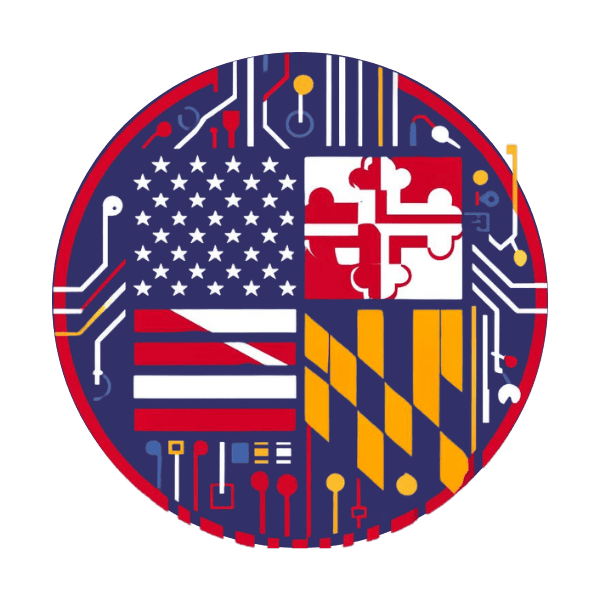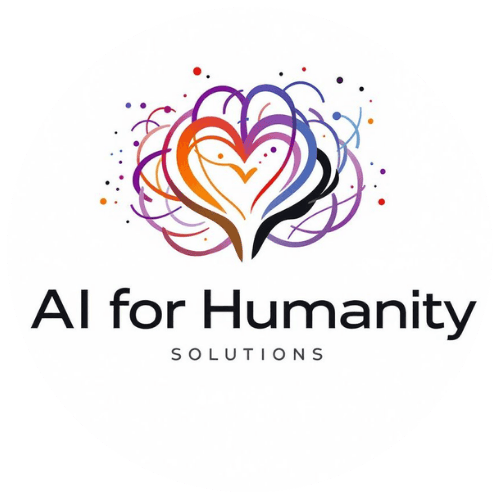From Fundamentals to Expertise
1. Mastering the Fundamentals
Python Programming Excellence
- Master core Python concepts: data structures, algorithms, and object-oriented programming
- Focus on Python libraries essential for AI:
- NumPy for numerical computing and array operations
- Pandas for data manipulation and analysis
- Scikit-learn for traditional machine learning implementations
- PyTorch and TensorFlow for deep learning
- Practice clean code principles and documentation
- Learn debugging techniques and performance optimization
Statistical Foundation
- Probability theory and distributions
- Hypothesis testing and statistical inference
- Bayesian statistics and its applications in ML
- Experimental design and A/B testing
- Time series analysis and forecasting
- Practical tools:
- R or Python's statsmodels for statistical analysis
- Jupyter notebooks for exploratory data analysis
- Visualization libraries like Matplotlib and Seaborn
Machine Learning Basics
- Supervised learning algorithms and implementations
- Unsupervised learning techniques
- Feature engineering and selection
- Model evaluation and validation methods
- Cross-validation techniques
- Hyperparameter optimization
- Basic neural network architectures
2. Building Real Projects
Portfolio Development Strategy
- Start with foundational projects:
- Image classification systems
- Natural language processing applications
- Recommendation systems
- Time series forecasting models
Advanced Project Ideas
- LLM Fine-tuning Projects:
- Domain-specific chatbot development
- Text classification and sentiment analysis
- Document summarization systems
- Question-answering applications
MLOps Automation Projects:
- Continuous integration pipelines for ML models
- Model monitoring and alerting systems
- Automated model retraining pipelines
- Feature store implementations
- Model serving infrastructure
Best Practices for Project Development
- Version control with Git
- Documentation using tools like Sphinx or MkDocs
- Testing frameworks for ML code
- Docker containerization
- CI/CD implementation
3. Contributing to Open Source
Getting Started with Open Source
- Understanding open source etiquette
- Reading documentation and contribution guidelines
- Setting up development environments
- Working with issue trackers
- Creating effective pull requests
Notable AI Open Source Projects
- Hugging Face Transformers
- PyTorch
- TensorFlow
- scikit-learn
- spaCy
- Fast.ai
Contribution Strategies
- Start with documentation improvements
- Fix small bugs or add tests
- Implement feature requests
- Create examples and tutorials
- Review other contributors' code
4. Pursuing Relevant Certifications
Cloud Provider Certifications
- AWS Machine Learning Specialty
- Google Cloud Professional Machine Learning Engineer
- Azure AI Engineer Associate
- IBM AI Engineering Professional Certificate
Specialized AI Certifications
- Deep Learning Specialization (Coursera)
- TensorFlow Developer Certificate
- PyTorch Certificate Programs
- MLOps Engineering Certificates
Framework-Specific Certifications
- NVIDIA Deep Learning Institute Certifications
- Databricks Certifications
- H2O.ai Certifications
Certification Strategy
- Choose certifications aligned with career goals
- Focus on hands-on practical certifications
- Balance cost vs. benefit
- Create study plans and timelines
- Join study groups and communities
5. Networking and Knowledge Sharing
Building Your Personal Brand
- Create a technical blog
- Maintain an active GitHub profile
- Share projects and insights on LinkedIn
- Develop a portfolio website
- Create technical content on platforms like Medium or Dev.to
Conference Participation
- Major AI Conferences:
- NeurIPS
- ICML
- ICLR
- Applied ML Conferences
- Regional ML/AI Meetups
- Industry-specific AI conferences
Community Engagement
- Join AI/ML Discord servers
- Participate in Kaggle competitions
- Contribute to AI discussions on Twitter
- Engage in Stack Overflow
- Join special interest groups
Knowledge Sharing Opportunities
- Give technical talks at meetups
- Host workshops or webinars
- Create tutorial videos
- Write technical articles
- Mentor newcomers to the field
Implementation Timeline
Month 1-3: Foundation Building
- Complete Python programming fundamentals
- Study basic statistics and probability
- Learn ML basics through online courses
- Set up development environment
Month 4-6: Project Development
- Build 2-3 basic ML projects
- Start contributing to documentation
- Join AI communities
- Begin blogging about learnings
Month 7-9: Advanced Skills
- Implement complex ML projects
- Start open source contributions
- Pursue relevant certifications
- Network at conferences/meetups
Month 10-12: Specialization
- Focus on specific AI domain
- Lead open source projects
- Create advanced content
- Build industry connections
Measuring Progress
Technical Milestones
- Number of completed projects
- Open source contributions
- Technical blog posts published
- Certifications earned
Community Impact
- GitHub followers and stars
- Blog post engagement
- Conference presentations
- Mentorship activities
Career Development
- Job opportunities
- Industry recognition
- Speaking invitations
- Collaboration requests
Resources and Tools
Learning Platforms
- Coursera
- edX
- Fast.ai
- DeepLearning.AI
- Kaggle Learn
Development Tools
- VS Code with Python extensions
- Jupyter Lab
- Git and GitHub
- Docker
- Cloud platforms (AWS, GCP, Azure)
Community Platforms
- GitHub
- Stack Overflow
- Discord
Remember that skill development is a continuous journey. Stay curious, be consistent, and focus on building practical experience while contributing to the community. Your path may vary based on your background and goals, so adapt this guide to your specific needs and interests.



